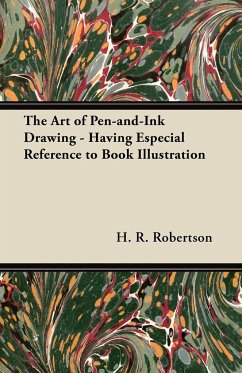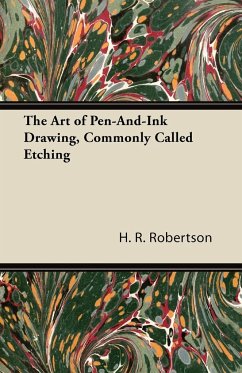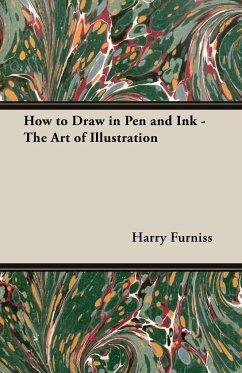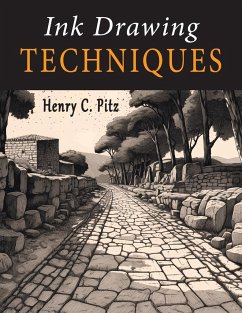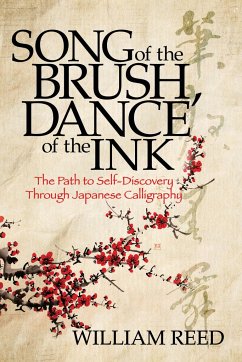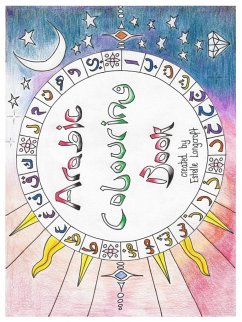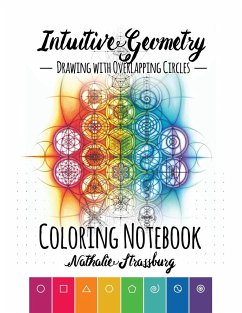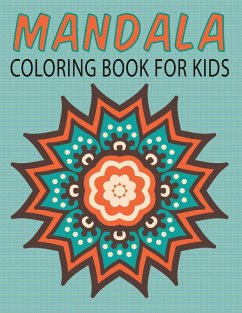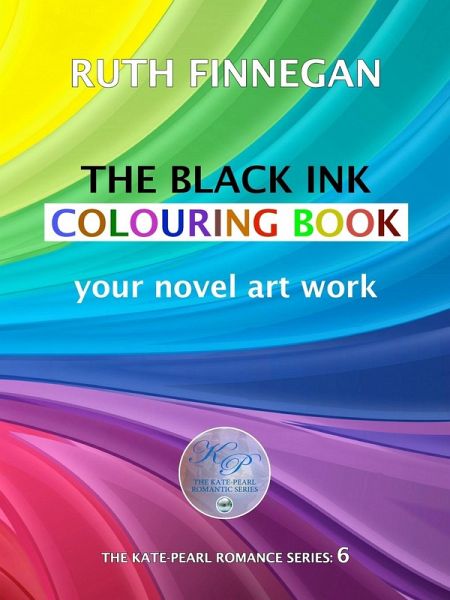
THE BLACK INK COLOURING BOOK
your novel art work
Versandkostenfrei!
Versandfertig in 1-2 Wochen
11,99 €
inkl. MwSt.

PAYBACK Punkte
6 °P sammeln!
YOUR NOVEL ART WORK This book is the art-companion companion to the novel "The Black Inked Pearl", which tells a version of the age-old myth of a girl rejecting her lover only to find he is the only one she wants. It is also a colouring book with images for YOU to colour in using YOUR imagination. On some pages it builds on the traditional form of colouring - inside firm lines - on others it calls, more daringly, on the modern technology of blurred and rubbed colouring, The images are by the distinguished silk-artist Rachel Backshall who also illustrated other Ruth Finnegan books ("Oh Kate! Yo...
YOUR NOVEL ART WORK This book is the art-companion companion to the novel "The Black Inked Pearl", which tells a version of the age-old myth of a girl rejecting her lover only to find he is the only one she wants. It is also a colouring book with images for YOU to colour in using YOUR imagination. On some pages it builds on the traditional form of colouring - inside firm lines - on others it calls, more daringly, on the modern technology of blurred and rubbed colouring, The images are by the distinguished silk-artist Rachel Backshall who also illustrated other Ruth Finnegan books ("Oh Kate! Your first counting book", "The Magic Adventure, Kris and Kate build a boat", and "Pearl of the seas"). Inside the book are other images from her original silk paintings, converted to black and white for your imaginative colours. And there is more - think COLOUR SECRETS: What are these colours that we see and try to copy? How are they made? How did they start and what (if anything) do they mean? Are colours perhaps only a trick of the light or of the way our eyes see, not really of any independent existence? But to us as people, as artists, they are real enough, something with which we engage every day. Learn in this book about the importance of colour for us as human beings living our lives in this world: the active uses and meanings of colours and how we engage with them. So here's to great, mindful, colouring. AWARD WINNING AUTHOR: Ruth Finnegan has won many accolades including a Readers Favourite 2024 SILVER AWARD and a Literary Titan Gold Award. These are bestowed on books that are found to be perfect in their delivery of original content, utilizing fresh themes to convey innovative ideas, and which deftly use elegant prose to transform words into expertly written literature.



